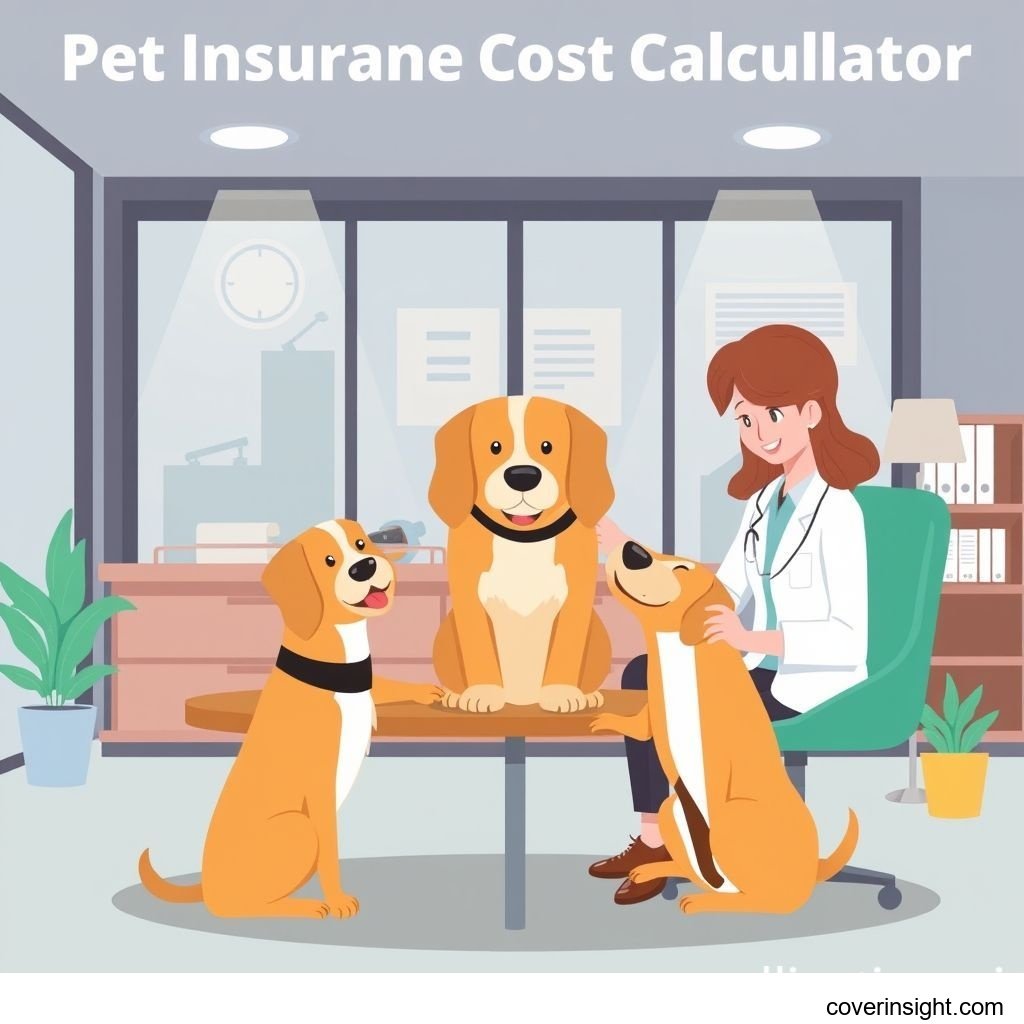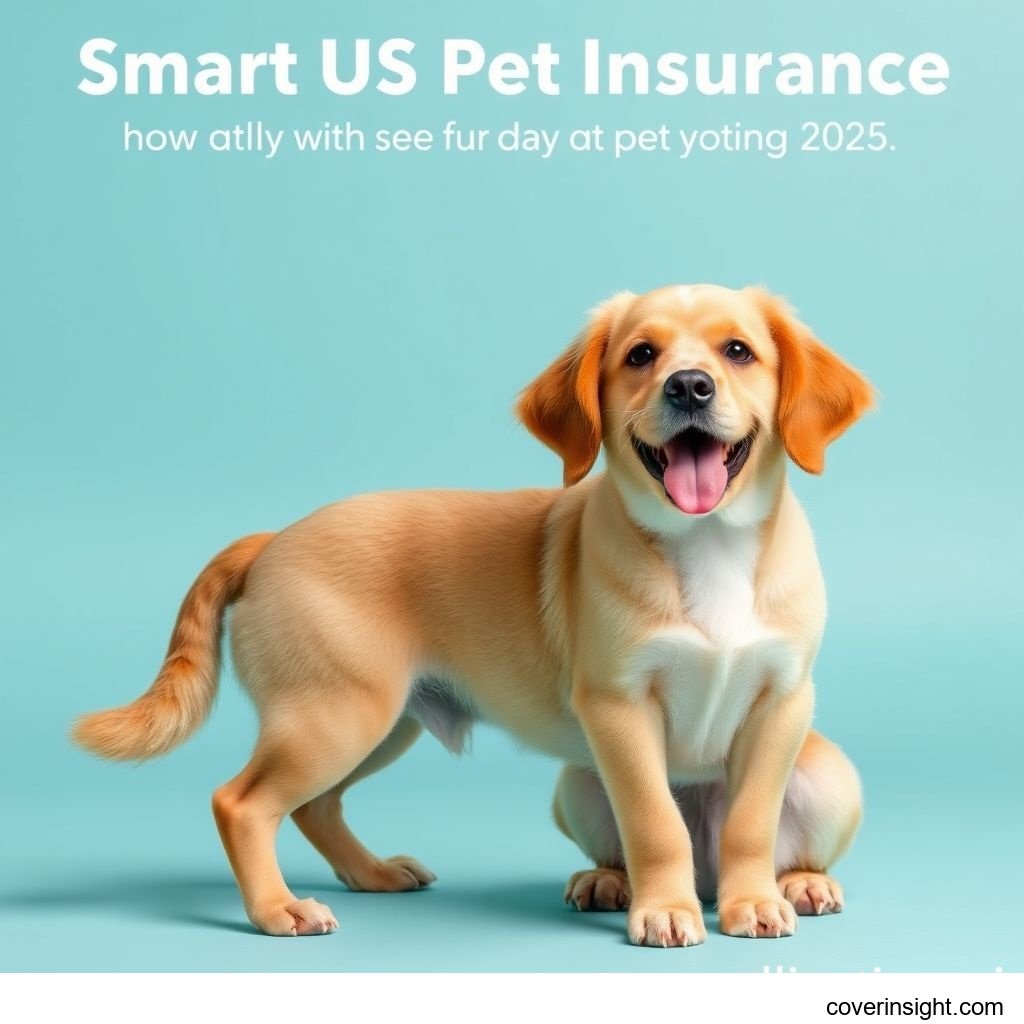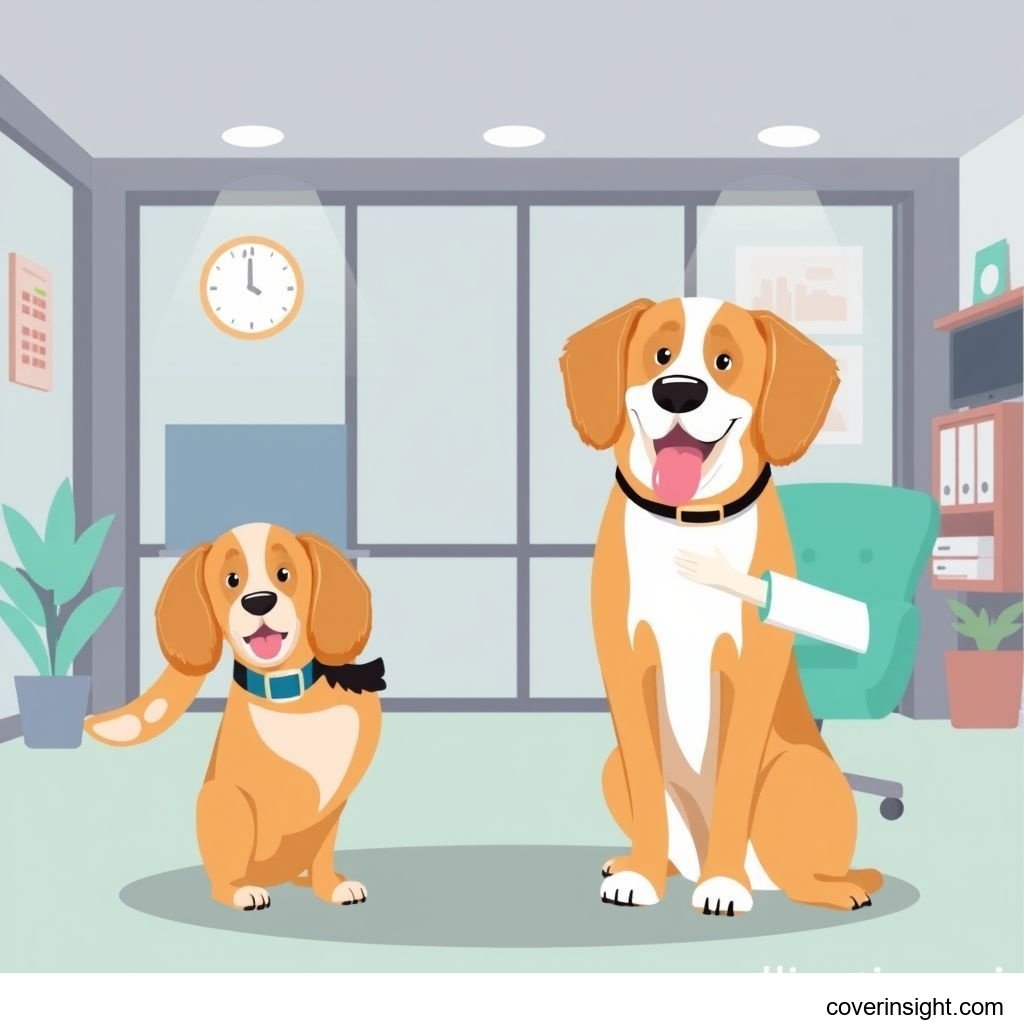Introduction
In the United States, welcoming a furry companion into your home is a joy, but it also comes with significant responsibility, especially concerning their health. As we look to 2025, understanding the nuances of pet insurance is more crucial than ever. While not legally mandated, pet insurance can be a financial lifeline, preventing you from facing overwhelming veterinary bills. Primarily, two types of plans dominate the market: accident-only and comprehensive coverage. Accident-only plans are generally more budget-friendly, focusing solely on injuries like broken bones, toxic ingestions, or car accidents. Comprehensive plans, on the other hand, offer broader protection, extending to illnesses such as cancer, diabetes, and infections, alongside accident coverage. Deciding which type of coverage is right for your pet requires careful consideration of your budget, your pet's age and breed, and your tolerance for financial risk.
Coverage Details
Navigating the world of pet insurance can feel like deciphering a foreign language, but grasping what's typically included and excluded is key to making an informed decision.
What’s Included
Most pet insurance policies, especially comprehensive ones, aim to cover a wide array of veterinary services. This often includes diagnostics like X-rays, MRIs, and lab tests, as well as prescribed medications. For emergencies, coverage typically extends to emergency room visits and hospitalization. Surgical procedures, whether due to an accident or illness, are usually covered, along with follow-up care and rehabilitation. Many comprehensive plans also cover chronic conditions like arthritis or diabetes management, along with breed-specific and hereditary conditions, provided they aren't pre-existing. Some providers offer optional add-ons, often called "wellness plans," which can cover routine care such as annual exams, vaccinations, and parasite prevention.
Common Exclusions
While pet insurance offers a safety net, it's essential to be aware of what typically isn't covered. The most significant exclusion across almost all policies is pre-existing conditions – illnesses or injuries that your pet showed signs of before your policy's start date or during its waiting period. This is why getting coverage when your pet is young and healthy is often advised. Other common exclusions include:
-
Routine and Preventive Care: Unless you opt for a specific wellness add-on, standard accident-only and even many comprehensive plans won't cover vaccinations, spaying/neutering, routine dental cleaning, or flea/tick prevention.
-
Cosmetic Procedures: Procedures like ear cropping or tail docking are generally not covered.
-
Breeding and Whelping Costs: Expenses related to pregnancy, birth, or breeding complications are typically excluded.
-
Experimental Treatments: Any treatments considered experimental or investigational, or those not widely accepted by the veterinary community, usually aren't covered.
-
Cloning or Stem Cell Therapy: These advanced and often costly procedures are usually outside the scope of standard policies.
Cost Analysis
The cost of pet insurance in the US can vary significantly, just like human health insurance. Factors ranging from your pet's specifics to your chosen policy's details all play a role.
Price Factors
Several elements influence your pet insurance premiums:
-
Pet's Age: Older pets are more prone to health issues, so their premiums are considerably higher than those for puppies or kittens. It's often cheaper to insure a pet from a young age.
-
Breed: Certain breeds are predisposed to specific health problems. For instance, large breeds like German Shepherds are prone to hip dysplasia, and certain purebreds might carry genetic risks, leading to higher premiums.
-
Location: Veterinary costs vary dramatically across the US. According to a recent analysis, vet care in metropolitan areas like New York City or Los Angeles can be significantly more expensive than in rural parts of the country, which naturally impacts insurance premiums. This regional variance means that two identical policies for the same breed could have vastly different costs depending on whether you live in, say, California versus Kansas.
-
Coverage Level: This is perhaps the biggest factor.
-
Deductible: The amount you pay out-of-pocket before your insurance kicks in. Higher deductibles typically mean lower monthly premiums.
-
Reimbursement Percentage: The percentage of covered vet bills your insurer pays after the deductible. Common options are 70%, 80%, or 90%. A lower reimbursement percentage means lower premiums.
-
Annual Limit: The maximum amount your policy will pay out in a year. Policies with higher annual limits will have higher premiums.
-
-
Type of Plan: As discussed, comprehensive plans are generally more expensive than accident-only policies due to their broader coverage.
Saving Tips
While pet insurance is an investment, there are smart ways to make it more affordable without sacrificing essential coverage:
-
Choose a Higher Deductible: If you have an emergency fund, opting for a higher deductible can significantly lower your monthly premium, providing a good balance between cost and coverage.
-
Adjust Reimbursement Percentage: Consider a slightly lower reimbursement percentage (e.g., 80% instead of 90%) if you're comfortable covering a larger portion of the bill yourself.
-
Opt for Annual Payments: Many insurers offer a discount for paying your premium annually rather than monthly.
-
Multi-Pet Discounts: If you have more than one pet, inquire about multi-pet discounts, which can save you a percentage on each pet's policy.
-
Bundle Policies: Some insurance companies that offer home or auto insurance may provide discounts if you bundle your pet insurance with other policies.
-
Enroll Early: Insuring your pet when they are young and healthy helps you lock in lower rates and ensures pre-existing conditions don't develop before coverage begins.
-
Compare Quotes: Don't settle for the first quote you receive. Use online comparison tools or directly contact various providers to find the best value for your specific needs. When researching, it's wise to consult resources like the National Association of Insurance Commissioners (NAIC) to understand industry standards and consumer protections.
FAQs
How much does accident-only vs comprehensive cost?
In 2025, the average cost for pet insurance can vary widely. For accident-only plans, you might expect to pay anywhere from $15-$30 per month for dogs and $10-$20 for cats. Comprehensive plans, which cover both accidents and illnesses, generally range from $30-$70 per month for dogs and $20-$40 for cats. These are broad averages, and your actual cost will depend on the factors mentioned above.
What affects premiums?
Premiums are primarily affected by your pet's age, breed, and location. Older animals and breeds prone to specific health issues typically command higher prices. Your chosen coverage level – including deductible amount, reimbursement percentage, and annual limit – also significantly impacts the premium. Lastly, whether you opt for an accident-only or a comprehensive plan will naturally determine the base cost.
Is pet insurance mandatory?
No, pet insurance is not mandatory in the United States. Unlike human health insurance, there's no federal or state requirement for pet owners to have coverage. However, as someone living in the US, I've seen firsthand how quickly vet bills can escalate into the thousands for a single emergency. For many, it's not a question of mandatory, but of peace of mind.
How to choose the right pet insurance?
Choosing the right pet insurance involves assessing your pet's specific needs and your financial situation. Consider your pet's age, breed-specific health risks, and your budget. Evaluate different plans based on their deductibles, reimbursement percentages, and annual limits. Read reviews and compare coverage details carefully. It's also a good idea to check if your preferred veterinarian accepts the insurance plan you're considering. For more general guidance on insurance options, you might find broader financial resources at US Insurance Home.
What are the consequences of no coverage?
The primary consequence of not having pet insurance is the potential for significant out-of-pocket veterinary expenses. Without coverage, a sudden illness or accident – like a dog swallowing a foreign object requiring emergency surgery, which can easily cost upwards of $5,000 – could deplete your savings or force you into difficult financial decisions. A study by a credible local body revealed that emergency vet visits often lead to pet owners incurring thousands of dollars in debt, or in tragic cases, having to make choices about their pet's life based solely on their ability to pay. This financial strain can be emotionally devastating. Consulting your State Insurance Departments website can also provide localized insights into consumer protections regarding insurance.
Author Insight & Experience: Based on my experience, navigating the pet insurance landscape can feel overwhelming, but it's truly a game-changer for pet parents. I've heard too many stories, and even witnessed a few, where a sudden illness or accident left families grappling with exorbitant vet bills, sometimes forcing heartbreaking decisions. Pet insurance isn't just a policy; it's an investment in your peace of mind and, more importantly, in your pet's future. It allows you to focus on their recovery, not the looming financial burden. For further exploration of broad insurance topics, consider delving into Insurance Resources Global.








Comments